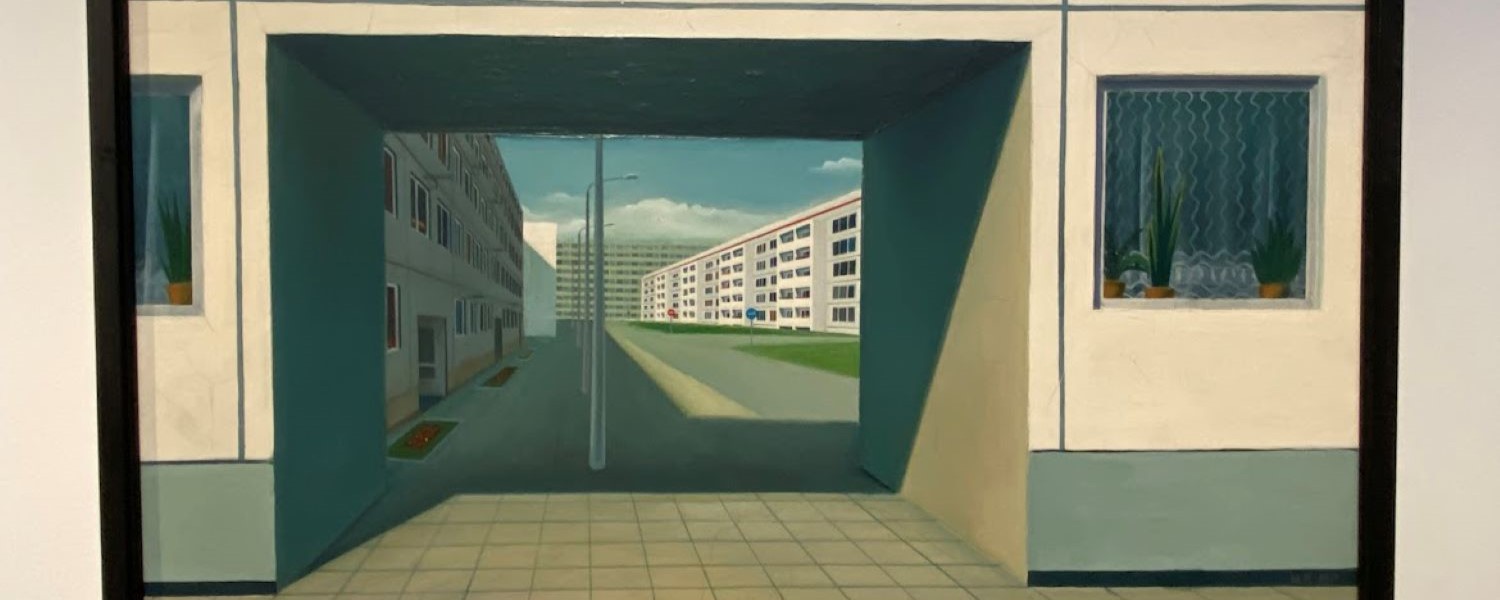by Brelda Baum
It is estimated that tourism has the potential to generate $2 trillion globally by 2020 – as the economic situation improves and the ‘Great Recession’ is deemed all but over, let’s take a look at the evidence of the economic value of tourism to the UK and its regions.
The Deloitte and Oxford Economics report ‘Tourism: jobs and growth – the economic contribution of the tourism economy in the UK’ provides an analysis of the performance of the tourism industry relative to the rest of the economy and the broader contributions made, for example through taxation on tourism services. Amongst other findings it estimates that the ‘direct’ tourist industry (businesses providing tourism-related goods and services) accounts for 4.1 per cent of UK GDP, and delivers £58.0 billion in GVA per year; and the total contribution of the tourism economy is 11.4 per cent of GDP annually. A House of Commons briefing note on ‘Tourism‘ states that tourism directly contributed £44.6 billion to the economy in 2009.
One of the real benefits of tourism is its capacity to stimulate economic activity in both major destination cities and in the most remote communities of the periphery. So, geographically, how do the UK regions fare?
‘The regional value of tourism 2011’ ONS report examined how tourism expenditure drives the output of tourism industries, for each region and sub-region, and it found that London has the highest percentage of GVA by area that is attributable to tourism industries; 40% of all tourism expenditure in 2011 was in London and the South East, amounting to £50 billion; and the value of GVA that is directly supported by tourism spend was £13 billion in London in 2011, 27 per cent of the UK total. It would seem that London takes a lion’s share of the benefits that accrue.
VisitBritain, as part of its Foresight series, looked at the ‘Regional spread of inbound tourism’ and recorded the percentage share of inbound or international tourism visits as 54% for London, 41% for the rest of England, 8% for Scotland, and 3% for Wales. This seems to suggest that there is a low awareness of UK destinations outside of London among international visitors but this is, in part, compensated by the value of domestic tourism to regions outside of London and the South East. (‘The economic contribution of the visitor economy: UK and the nations’).
According to a 8 May 2014 VisitLondon press release – the capital welcomed 16.8 million visitors during 2013, and just released ONS figures show visitors spending a record £11.2 billion on shopping, hotels, restaurants and visiting attractions, over £1 billion more than in 2012. The mayor attributes part of its success to ‘the outstanding mix of culture, art, music and sport to be found’ including ‘major international sporting events’, so can Glasgow expect such results on the back of the forthcoming Commonwealth Games?
The most recent VisitBritain ‘State of the nation’ report for May 2014 shows us that both the number of inbound visitors and their expenditure is increasing at a pace faster than that of the UK economic recovery as a whole. Britain remains an attractive destination and demand for its culture, heritage and wider attractions remains strong even as we move into the post-Olympic decade.
But what of these mega-events and their economic returns? Grant Thornton’s 2013 meta evaluation of the impacts and legacy of the 2012 Olympic Games offers a useful analysis of the Games’ overall impact on tourism.
Meetings and events are big business in tourism – across the UK in 2011, more than 1.3 million meetings were held in more than 10,000 venues. Attendees spent just under £40 billion attending UK meetings, and most meetings took place in London, the South East and the West Midlands. After England, Scotland took the lead in hosting the largest number of meetings (‘The economic impact of UK meeting and event industry‘).
In a wider sense, what of the evidence in support of positive economic outcomes from niche tourism, such as outdoor leisure and tourism, for example walking and cycling, cultural and heritage tourism, and the wider entertainments industry?
Visitor spending associated with the Wales Coastal Path has been estimated to be £16.1 million GVA. Likewise, the economic contributions of cycle tourism in Scotland are estimated to include health benefits of £4 million per annum, £5.6 million per annum from leisure cycle events, £1.5 million per annum from leisure-related infrastructure, and £106.2 million to £228.2 million per annum in expenditure by leisure cyclists.
Does the economic return justify the opportunity costs – some would say not, for example because the negative effects of congestion, the nuisance effect on local residents and the economy, to say nothing for alternative social priorities to which public sector investment in tourism and tourism infrastructure could have been put.
Given the ongoing debate about tourism and its value to the British economy, it will be interesting to see what emerges from the Tourism Society’s Symposium on 2-3 June, and the associated think tank publication on ‘The role of tourism and culture in creating economic success’.
Share
Related Posts
A recent item on BBC Radio 4’s Today programme generated an unusually high number of responses from listeners. A man who had lost his job in the financial services sector at the age of 57 described his difficulty in trying ....
Tackling geographical inequalities is critical for ensuring that all parts of the country have the potential to prosper. When the UK was a member of the European Union, it was entitled to a share of funding from the EU’s structural ....
By Robert Kelk and Chris Drake A new start for an old challenge? The recent appointment of Marc Lemaître as the European Commission’s director general for research and innovation (R&I) has returned Europe’s R&I gap to the spotlight. Previously head ....


